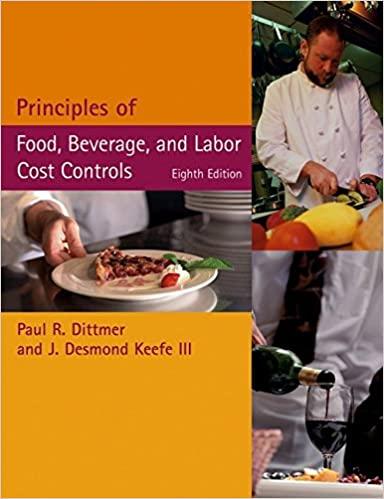Question
Please answer each question detailed and correctly. You can draw graph to illustrate if needed. I would rate 5 star if the answer is accurately
Please answer each question detailed and correctly. You can draw graph to illustrate if needed. I would rate 5 star if the answer is accurately and detailed:
1. Give three pro arguments and three con arguments for each of the following debate topics. Carefully explain each argument and relevance to the topic:
A. "Fiat currency as legal tender is necessary to a sound economic system;"
B. "Fractional reserve banking in demand deposits is necessary to a sound economic system;
C. "Central banks and their monetary policies are necessary to sound economic systems;"
D. "The International Monetary Fund is necessary to a sound global economic system."
2. Explain three types of moral hazard in the world of finance that have been described as the consequence of central bank policies in the 21st Century. Use illustrations and thorough explanations of each and how these might play a role in the boom-and-bust cycle.
3. Discuss the Iron Triangle and the Revolving Door as these pertain to news reports about Lincoln Savings & Loan and Goldman Sachs. Use examples from the savings and loan banking crisis (1987-1989) and the Great Recession (2008-2009) to illustrate and explain.
4. As depicted in the film "Money for Nothing" and the lectures, explain what was most controversial about the policies of the Federal Reserve Board during the tenure of each of these chairpersons: William Martin, Arthur Burns, Paul Volcker, Alan Greenspan, Ben Bernanke, Janet Yellen, & Jerome Powell. Describe the change in Alan Greenspan's view of money from 1966 to 2006.
5. Explain briefly what responsibility and consequence, if any, each of the following had for the 2008-09 Great Recession: a. homeowners; b. financial institutions; c. the Federal Reserve Bank & government regulators; d. political leaders; e. taxpayers & voters. Has sufficient action been taken to prevent another such financial crisis in the future? Why or why not?
6. Describe and explain three primary alternative responses to the Great Recession that range along the Economic Spectrum from advocates of A) free market economies, B) fiscal and monetary policy interventions in the market, and C) command economies. List and explain 5 significant areas of difference in their policy solutions.
7. List and explain the three tools of the FED to implement monetary policy for correcting contractions and over-expansions in the business cycle. Explain the controversies surrounding each of these policy tools and how these are currently being practiced. Explain the controversy between discretionary monetary policy and a fixed rule.
8. List and fully explain the winners and losers as a consequence of the redistributive effects of inflation. Explain the impact of this since the creation of the FED.
9. Explain how the purpose of the International Monetary Fund changed from inception at Bretton Woods in 1944 to the role it adopted after President Nixon closed the gold window in 1971. Explain the major controversies the IMF has faced throughout its existence.
10. Explain the production structure, referred to as the Hayekian Triangle, and the difference between measures of gross domestic product (GDP) and gross output (GO). Explain how the Austrian Business Cycle Theory (ABCT) of Jesus Huerta de Soto predicts the effects of central bank money and credit expansion on the boom-and-bust business cycle.
Step by Step Solution
There are 3 Steps involved in it
Step: 1

Get Instant Access to Expert-Tailored Solutions
See step-by-step solutions with expert insights and AI powered tools for academic success
Step: 2

Step: 3

Ace Your Homework with AI
Get the answers you need in no time with our AI-driven, step-by-step assistance
Get Started


